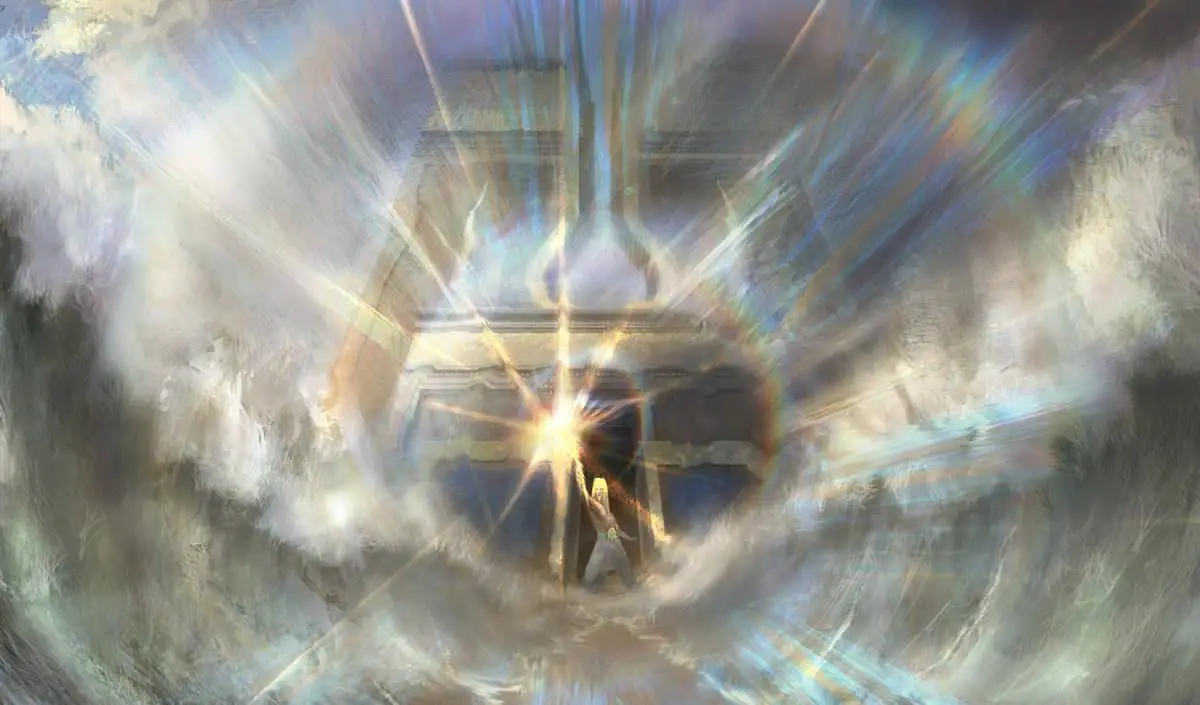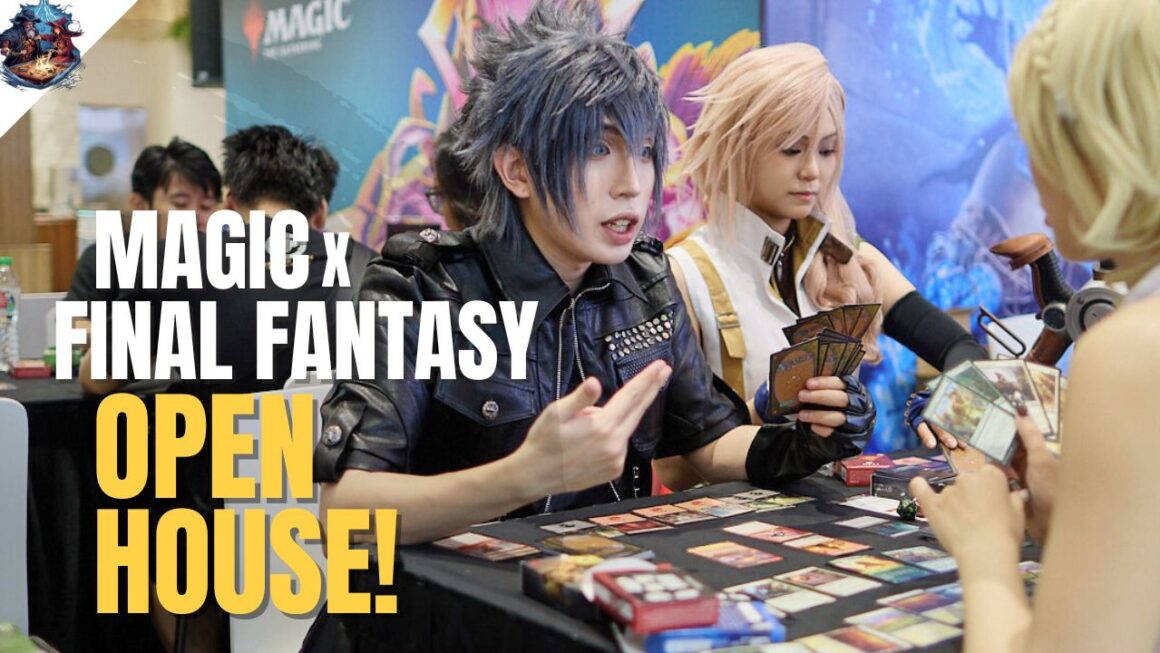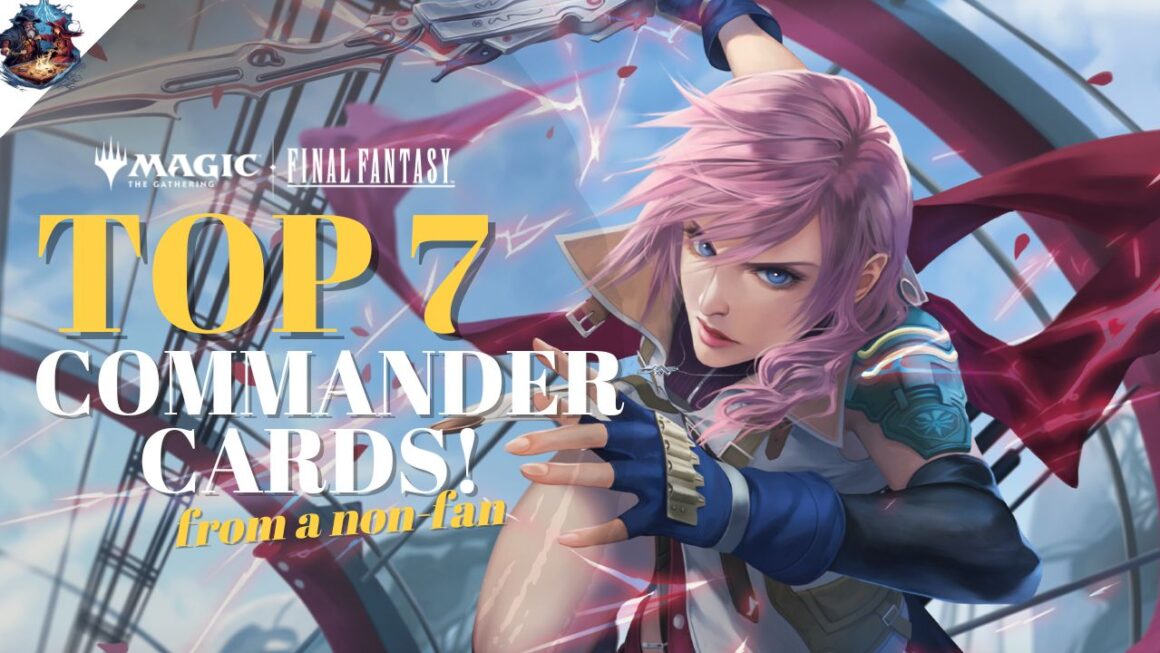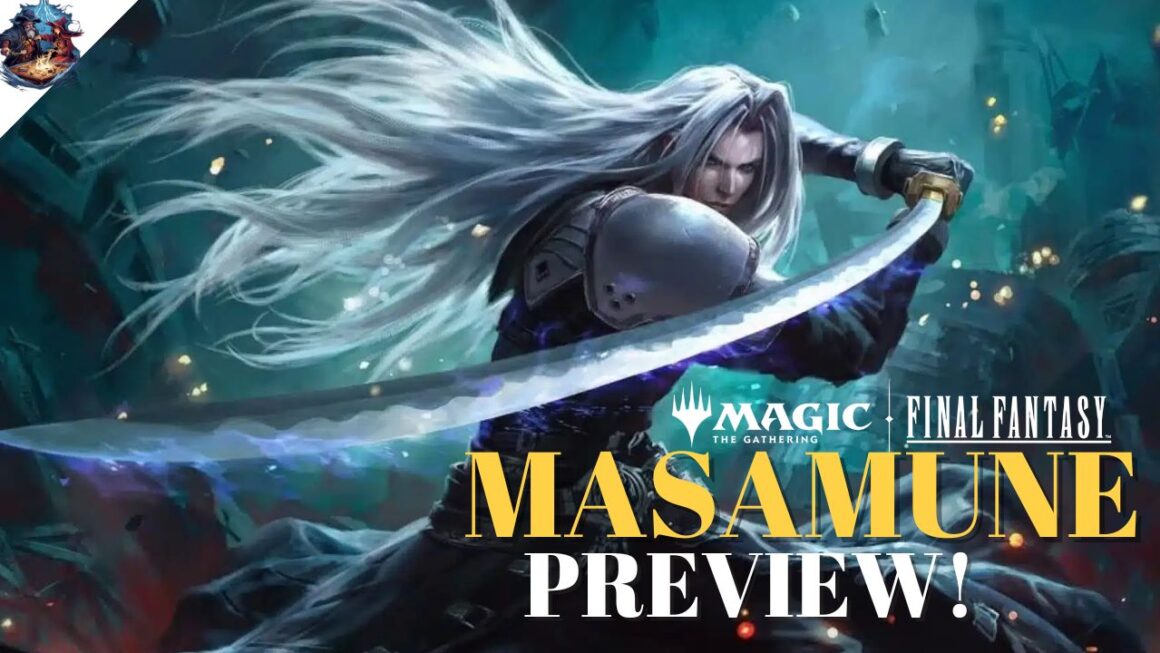This is where it begins. Your first game: how do you start the turn? The beginning step has 3 phases – Untap, Upkeep and Draw. In both paper and online Magic: the Gathering (MTG), these 3 phases happen very quickly, but it’s important to understand what is going on.
Start The Turn By Untapping
The Untap Phase is how you start the turn: Untap all of your permanents on the battlefield. This includes your Lands, Creatures, Artifacts etc. As Tapping is one of the cornerstones of MTG gameplay, having them untap means you can use them again.
“Tap” in MTG means to utilise. It’s represented by the symbol ![]() . Often, a “tapped” permanent such as Land, Creature or Artifact will be unable to work. For example, tapped creatures cannot attack or block, and tapped lands are unable to tap again for mana.
. Often, a “tapped” permanent such as Land, Creature or Artifact will be unable to work. For example, tapped creatures cannot attack or block, and tapped lands are unable to tap again for mana.
When Do You Not Untap?
There are cards such as Capture Sphere that explicitly say “do not untap.” In these scenarios, that particular creature will not untap until you find a way to remove Capture Sphere.
Another classic “do not untap” card in MTG’s history is Winter Orb. It restricts you to untap only 1 land, hence it supercedes the general rule in your Untap Phase. Such cards that affect the very foundation of MTG rules make the game more complex. More often than not, players will be able to untap most of their permanents during the Untap Phase.
After Untap, Head To Upkeep Phase

Once you’ve done untapping, the next step is the Upkeep Phase. Like its name, the Upkeep Phase is where you pay ‘maintenance’ costs. In most cases, nothing happens during Upkeep, but there are cards with an Upkeep cost. For example, cards like Peacekeeper requires you to pay mana, otherwise it will be sacrificed.
Upkeep costs are not always negative. For example, Search for Azcanta allows you to Scry during your Upkeep, which will help you filter the card you draw in the next phase.
The Draw Phase
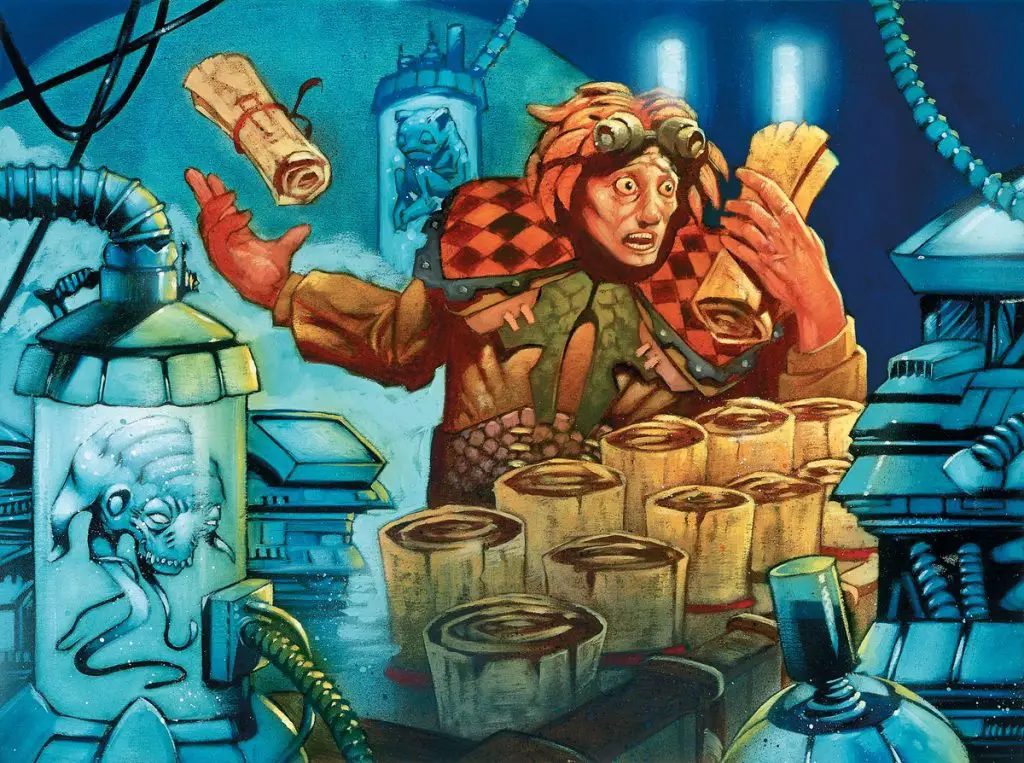
This phase is very important as drawing cards gives you more options to play. The Draw Phase lets you draw one card, and only one, unless certain card effects say otherwise. For example, Howling Mine forces players to draw an extra card during this phase. This can be good, but it can also be bad for you as opponents will also have more options.
Now that you’ve learned the basics of how to start the turn, it’s time for the fun part: casting spells! Also check out other articles in the series of learning MTG:
- New Duskmourn Mechanics – Room Enchantments, Eerie, Impending & Manifest Dread!
- Paper vs Arena for Magic: the Gathering: Analyzing 6 Pros and Cons
- Magic Basics: Understanding Non-Basic Dual Lands | MTG
- Magic Basics: What’s the Difference Between Activated, Triggered and Mana Abilities?
- Magic Basics: What is Commander Damage?

